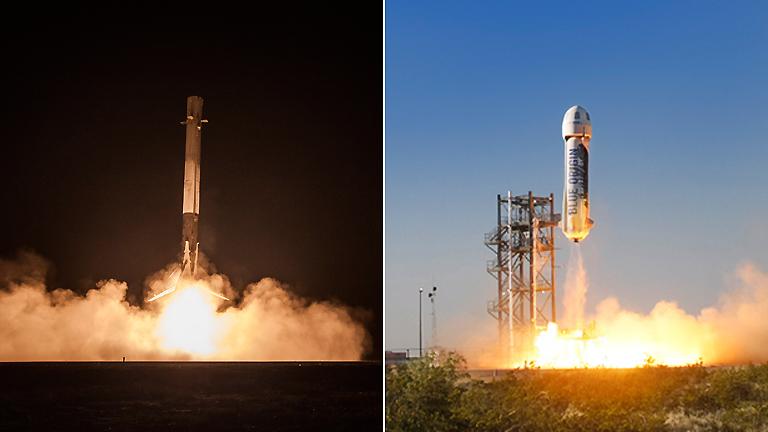NASA said earlier this week it had a major announcement coming Wednesday. What an announcement it turned out to be.
Thomas Zurbuchen, head of NASA’s Science Mission Directorate, announced that seven Earth-sized planets have been discovered orbiting a red dwarf star some 40 light years from Earth.
Most significantly, all of the planets could potentially have water.
“Three of these planets are in the habitable zone where liquid water can pool on the surface. In fact with the right atmospheric conditions there could be water on any of these planets,” said Zurbuchen.
“The discovery gives us a hint that finding a second Earth is not just a matter of if but when.”
The seven planets were discovered orbiting a star called Trappist 1 about 40 light years away.
Lucianne Walkowicz is an astronomer at the Adler Planetarium and an expert on the search for planets beyond our solar system that could potentially sustain life.
Walkowicz says it’s an exciting time to be studying exoplanets.
“Two decades ago going into the study of exoplanets was something that you did if your career wasn’t going well. There were people who didn’t believe we’d ever be able to detect them let alone study their atmospheres,” said Walkowicz.
The James Webb Space Telescope which is scheduled to launch in October, 2018 will allow detailed study of the atmosphere’s of the planets orbiting Trappist 1.
Although it’s regarded as a successor to the Hubble Space Telescope, Walkowicz says it’s a fundamentally different type of telescope.
“Whereas the Hubble looks mostly in the visible light and a little on either side of it, the James Webb Space Telescope looks entirely in the infrared – and that’s exciting for this particular system because this star emits most of its light in the infrared portion of the spectrum.”
Although it will not have the ability to directly image these distant planets, it will be able to tell us a lot about the chemical makeup of their atmospheres and whether there are traces of life.
“What it does is that as these planets pass in front of their star the light that filters through the planet’s atmosphere allows us to measure the chemical fingerprint of what the atmosphere is made up of,” said Walkowicz.
Ultimately, this is about the search for extraterrestrial life to answer the question of whether or not we’re alone in the universe.
“Whether life exists elsewhere in the universe is not just a scientific question – it’s a human one,” said Walkowicz. “It’s actually been a philosophical question for most of humankind’s existence. And so the fact that we have scientific experiments and tools that can help us answer that question, likely within our lifetimes, makes it an incredibly exciting time to work in this field.”
Related stories:
 Meteor Lights Up Skies Above Chicago, Midwest
Meteor Lights Up Skies Above Chicago, Midwest
Feb. 6: A bright meteor streaked across skies in Chicago and the Midwest at about 1:30 a.m. Monday.
 Eugene Cernan, Last Man to Walk on the Moon, Dies
Eugene Cernan, Last Man to Walk on the Moon, Dies
Jan. 16: The Chicago native died Monday afternoon at the age of 82.
 Corporate Space Race to Colonize Mars: Feasible or Fantasy?
Corporate Space Race to Colonize Mars: Feasible or Fantasy?
Oct. 10: Tech billionaire Elon Musk wants to create a colony on Mars. Assessing the challenges–and his chances of success.















